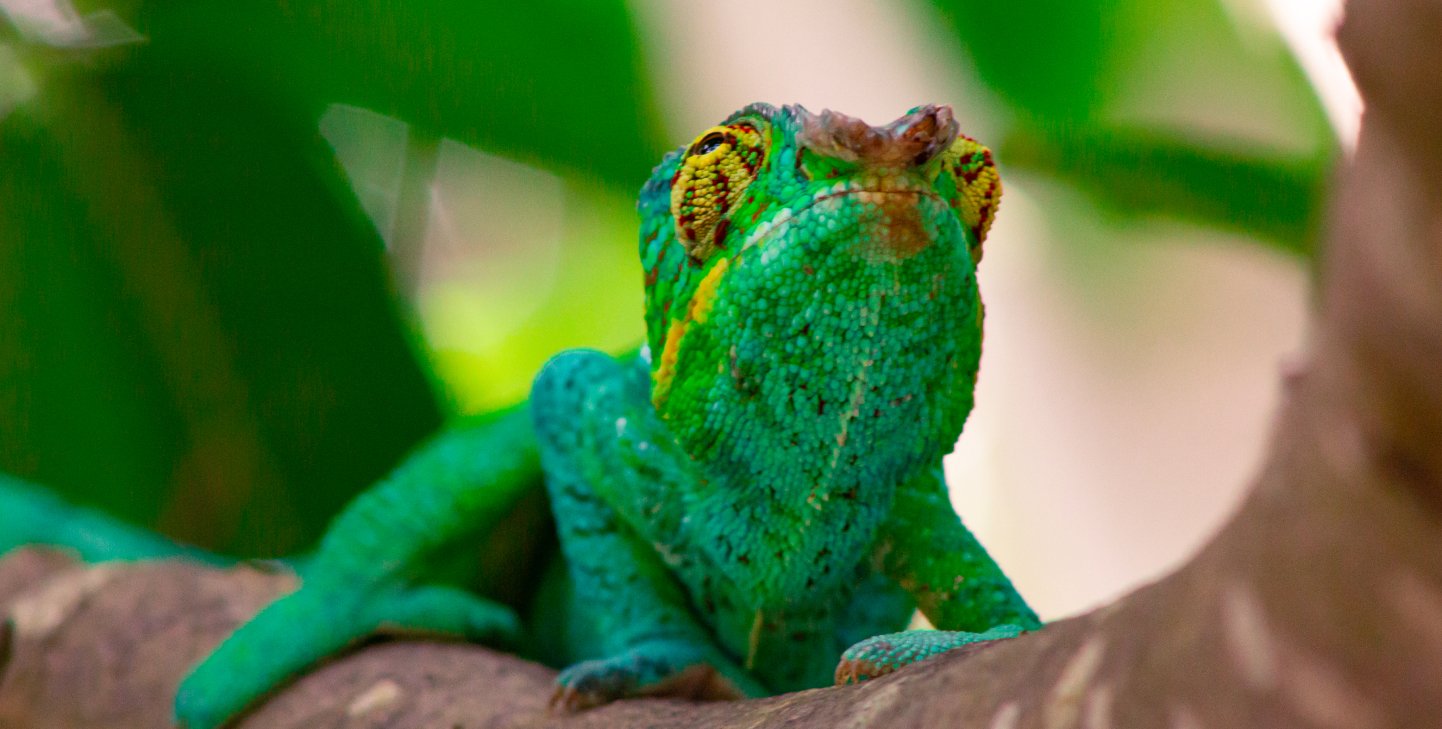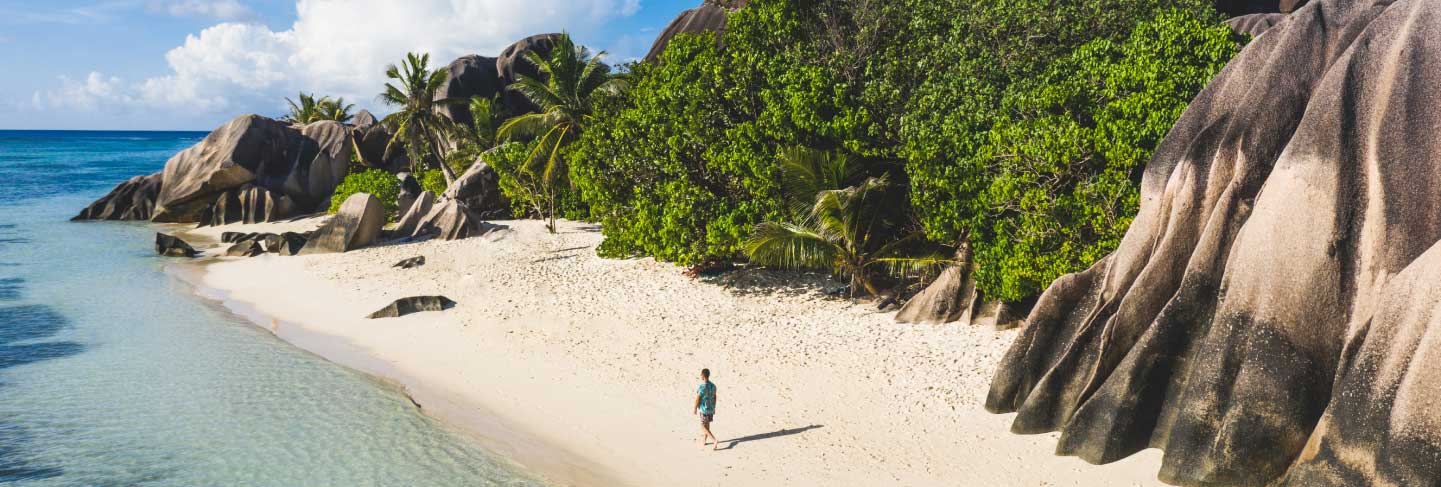Endangered Species Conservation Volunteer Programs
Help ecosystems thrive for generations.
As an endangered species conservation volunteer, you will spend time working with some of our most charismatic, beautiful and vulnerable animal species. You’ll see firsthand how these animals are being threatened – and how they’re being saved. It’s a chance to travel to breathtaking remote wildernesses and find yourself at the awesome intersection of nature and science – and the fight to save our planet.
What is an endangered species?
An endangered species is a species that is very likely to become extinct in the near future, either worldwide or within a specific region. Endangered species may be at risk due to factors such as habitat loss, poaching or other invasive species, like humans.
What does an endangered species conservation volunteer do?
- Assist with endangered species monitoring.
- Assist with planning and conducting surveys.
- Data entry and management.
- Learn and raise awareness about endangered species.
- Learn various conservation research techniques and methods.
Why it matters
There are many reasons why a species might go extinct. Habitat loss, overexploitation, poaching, and pollution being just a few reasons that more and more animal species are critically endangered – threatening the health of ecosystems around the world. But this biodiversity loss isn’t just about losing beautiful, essential animal species that make the world a more diverse, magical place. It affects us too: biodiversity protects all ecosystems, including the ones we live in. Without this balance, climate change will become worse, diseases will spread faster, and our food security will be threatened. It’s essential for our survival – and the survival of all life on planet earth – that we protect and restore our natural environments to secure the future of every species, including our own.
Filter programs
We offer endangered species conservation volunteering programs with a focus on the following endangered animal species:
Endangered species – terrestrial mammal conservation
- Jaguars in Costa Rica.
- Cheetahs in South Africa.
- Leopards in South Africa.
- Lions in South Africa.
- Rhinos in South Africa.
- African elephants in South Africa.
- Asian elephants in Thailand.
- White-handed gibbons in Thailand.
- Lemurs in Madagascar.
Endangered species – marine mammal conservation
- Whales in the Canary Islands, Spain.
- Bottlenose dolphins in the Canary Islands, Spain.
Endangered species – terrestrial reptile conservation
- Chameleons in Madagascar.
- Giant tortoises in Seychelles.
Endangered species – marine turtle conservation
- Green turtles in Seychelles, Thailand and Costa Rica.
- Hawksbill turtles in Seychelles, Thailand and Costa Rica.
- Loggerhead turtles in Seychelles, Thailand and Costa Rica.
- Leatherback turtles in Mexico.
We offer wildlife conservation volunteer opportunities focused on endangered species protection in six countries.
Endangered species volunteering in Costa Rica
Known for its wild jungles, white sand beaches, turquoise sea, preserved coral reef, and turtle nesting sites, you’ll spend most of your time living and working in the remotest parts of Kekoldi Indigenous Reserve. Our research base is situated between the beach and the rainforest, where you’ll also commonly encounter species such as racoons, sloths, iguanas and basilisks. The main focus of our endangered species conservation work in Costa Rica is on these four species:
- Jaguars
- Green turtles
- Hawksbill turtles
- Loggerhead turtles
Endangered species volunteering in Madagascar
In Madagascar, our work takes place in Lokobe National Park, on the island of Nosy Be, in one of the only places in Madagascar – and the world – where the original Sambirano forest can still be found. This ancient forest is home to several rare and unique species only found on this one island in this one part of the world, many of which are critically threatened by poaching and habitat loss. Our endangered species volunteer work in Madagascar focuses on the following species:
- Lemurs
- Tortoises
- Geckos
- Chameleons
Endangered species volunteering in South Africa
Karongwe (KA-RONG-WAY) Game Reserve in Limpopo, in sunny South Africa, is a private game reserve in the same region as the famous Kruger National Park. Surrounded by wild African savannah, and home to the Big Five, you’ll spend most of your time in the bushveld working alongside some of Africa’s most iconic – but vulnerable – wildlife. Our endangered species volunteer programs in South Africa focus on:
- African elephants
- Cheetahs
- Rhinos
- Leopards
- Lions
Endangered species volunteering in the Canary Islands, Spain
Travel to Spain’s sun-drenched, subtropical island archipelago, just off the coast of Morocco. You’ll be based on the island of Tenerife, home to the Tenerife-La Gomera Marine Area, the first certified whale heritage site in Europe. Our work on Tenerife is all about the ocean – how to save it from pollution, overfishing, and warming temperatures. Our endangered species volunteer work similarly focuses on two of the area’s most precious predator species:
- Bottlenose dolphins
- Pilot whales
Endangered species volunteering in Thailand
In Thailand, we operate volunteer conservation programs in two locations:
Phang Nga
A province in southern Thailand, bordering the Andaman Sea on the west coast of the Malay Peninsula. Phang-Nga Bay, in southern Ao Phang-Nga National Park, is distinguished by its tall limestone rock-like islets, beautiful swimming beaches, and tropical weather. Our programs work to save the following endangered species:
- Green turtles
- Hawksbill turtles
- Loggerhead turtles
Chiang Mai
A small Karen village situated in the jungles of the remote northern mountains. Asian elephants are an integral part of Karen village life, and these elephants have been reintegrated into the wild after formerly being part of the tourism industry. Mahouts (elephant keepers) are responsible for feeding, walking and bathing the elephants. The jungles are also home to thousands of other amazing species, but our endangered animal conservation work focuses on:
- Asian elephants
- White-handed gibbons
How can I get involved in helping the environment?
You can get involved in helping the environment in the following ways :
- Learn about your government’s policy and approach towards climate change and environmental protection.
- Support environmental campaigns that aim to drive change in policies, industry regulations and practices.
- Adopt a sustainable lifestyle and be mindful of your water, energy, transport, food and overall consumption habits.
- Influence your friends and family to get more involved in helping the environment.
- Volunteer or donate to organisations that are working to protect the environment.
How are species classified as endangered?
Governments across the world use the IUCN Red List to track the status of endangered species, using this information to reduce biodiversity loss. This is essential for preserving the planet and the health of its inhabitants, including wildlife, farmed animals, and humans.
What is the difference between endangered and threatened species?
Endangered species are considered to be facing a very high risk of extinction within a few years, whereas threatened species are at risk of becoming endangered. The IUCN Red List has nine categories: Not Evaluated, Data Deficient, Least Concern, Near Threatened, Vulnerable, Endangered, Critically Endangered, Extinct in the Wild and Extinct.
What endangered species can I work with as part of my conservation volunteer program?
GVI works with a range of endangered species. We prioritise species that form a key part of a food chain, help the stability or regeneration of habitats, are important for the health and livelihood of local communities, and species that face human-wildlife conflict. Endangered species you might work with as part of your internship include big cats, cetaceans, elephants, primates, marine turtles and rhinos.

























